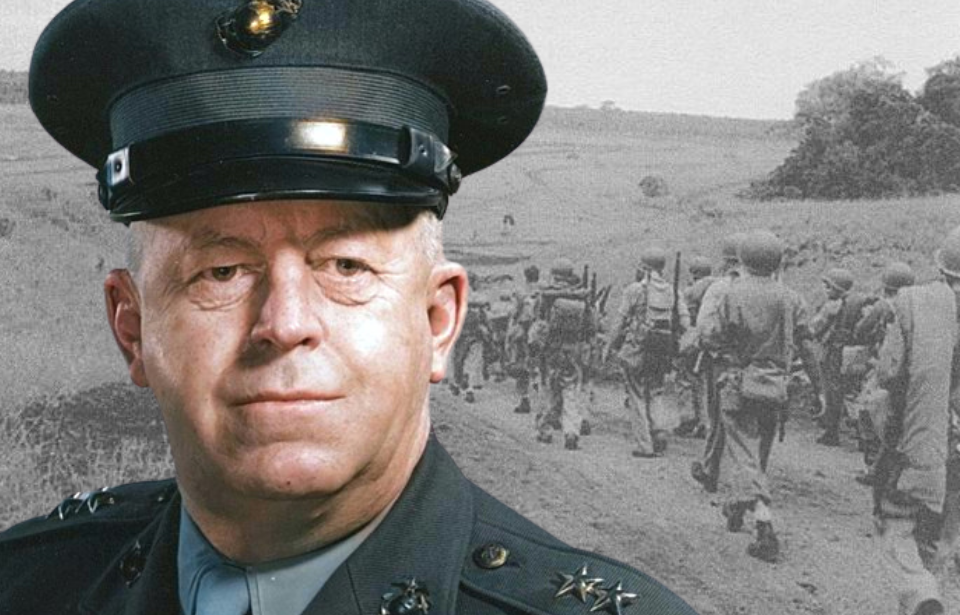After more than 24 hours of unyielding attacks, the 1st Marine Raider Battalion readied themselves to withstand another night of Japanese offensives. With only 830 Marines facing a formidable enemy force of over 2,500 soldiers, their outlook appeared dire. In this important moment, Col. Merritt Edson addressed his men.
“You men have done a great job, and I have just one more thing to ask of you. Hold out just one more night,” he urged. “I know we’ve been without sleep a long time. But we expect another attack from them tonight and they may come through here. I have every reason to believe that we will have reliefs here for all of us in the morning.”
Bound by loyalty to their commander, the battalion prepared for another exhausting night of combat, ultimately prevailing against the Japanese forces. Edson’s extraordinary courage and leadership inspired his men, securing the critical position and marking their brave defense in history as “Edson’s Ridge.”
Merritt Edson’s entry into the US military
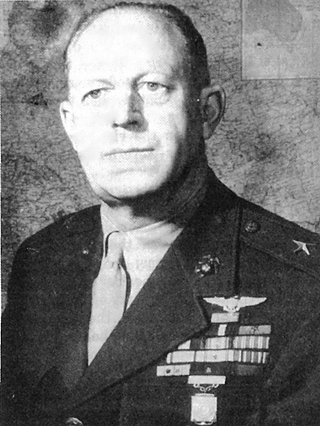
Merritt “Red Mike” Edson’s military career was marked by remarkable growth and progress, starting as a private in the Vermont National Guard and culminating in his advancement to major general in the US Marine Corps. Born in Vermont in 1897, Edson first joined the First Infantry Regiment of the National Guard in 1916.
After a break, he returned to his studies at the University of Vermont and joined the Marine Corps Reserve in October 1917, where he earned his commission as a second lieutenant. Although he was stationed in France with the 11th Marine Regiment, he did not see combat during the First World War.
1st Marine Raider Battalion
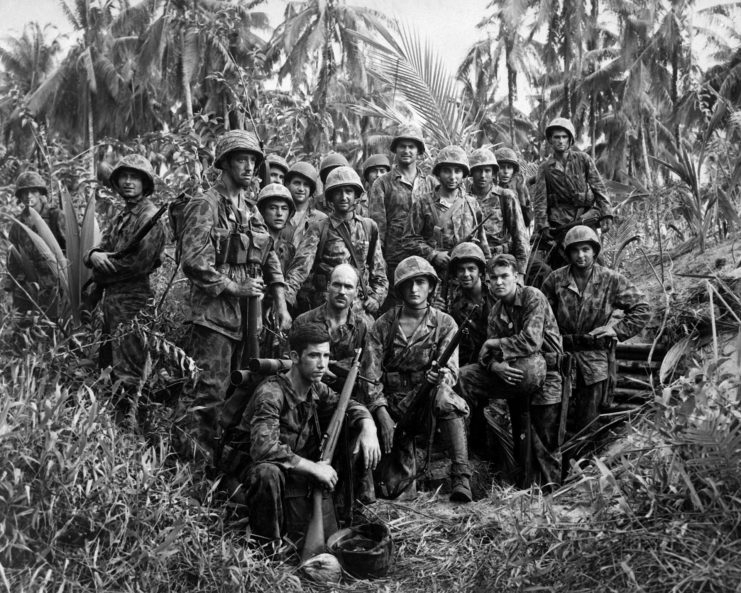
Following World War I, Merritt Edson took on a range of assignments, developing a keen interest in flight training. By 1922, he had earned his pilot wings and was stationed at the Marine Naval Air Station in Guam, where he conducted surveys of surrounding islands—some of which would later bear his name. Unfortunately, physical limitations eventually led him to end his flying career, prompting a return to ground-based duties.
In 1928-29, Edson led a Marine detachment in Nicaragua, where he saw combat for the first time and was awarded the Navy Cross for his exceptional leadership under enemy fire. Throughout the 1930s, he continued to serve with distinction, eventually reaching the rank of colonel as World War II approached.
As the commander of the 1st Battalion, 5th Marine Regiment, Edson was instrumental in reshaping the unit into the 1st Marine Raider Battalion in early 1942. His leadership during the war’s initial campaigns secured his place in US Marine Corps history, particularly for his decisive actions on a crucial ridge at Guadalcanal.
Merritt Edson prepare’s his men for a fierce encounter
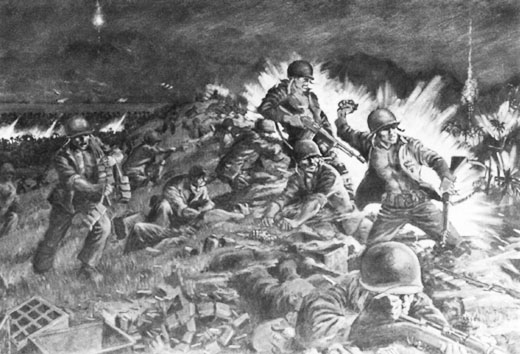
In August 1942, American troops landed on Guadalcanal and swiftly seized a Japanese airfield under construction, later named Henderson Field. This heightened the enemy’s resolve to recapture the site, setting the stage for a difficult and prolonged battle.
During the months-long engagement, Merritt Edson’s 1st Marine Raider Battalion played a key role. On the evening of September 12, they were ordered to move to a reserve position near Henderson Field, hoping for some rest. However, this break was abruptly interrupted by a sudden Japanese assault, thrusting the Marines back into a fight for survival.
As enemy forces overwhelmed their positions, Edson made the decision to tactically retreat, and he withdrew his men to a ridge line about 400 yards south. There, he rallied his troops and prepared them to mount a defense. It was on this ridge that Edson inspired his Marines to endure one more night, giving them with time to mentally and physically prepare for the challenges that lay ahead.
Battle of Edson’s Ridge
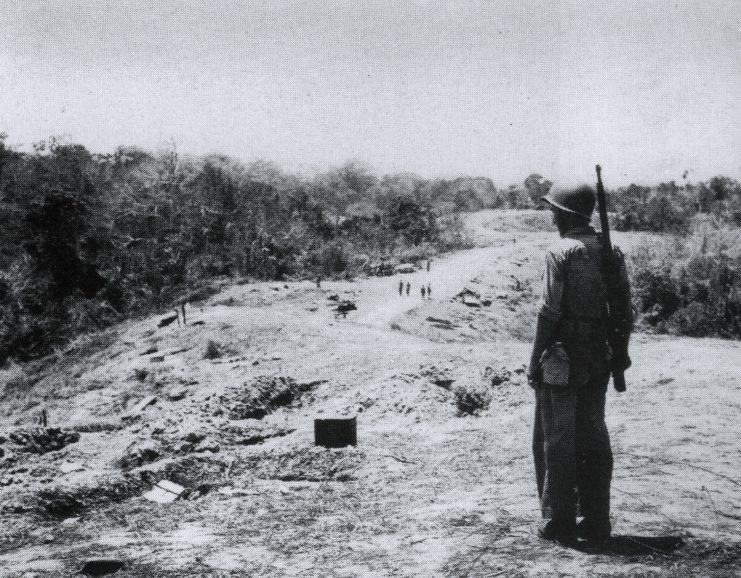
As anticipated, approximately 2,500 Japanese soldiers emerged from the jungle and launched a full-scale assault against the 830 Marines. The Japanese forces initially succeeded in overrunning some Marine positions, leaving their flanks perilously exposed. One officer later recounted, “The Japanese attack was almost constant, like a rain that subsides for a moment and then pours the harder… When one wave was mowed down – and I mean mowed down – another followed it into death.”
As parts of the 1st Marine Raider Battalion started to retreat, they encountered Merritt Edson, who always knew exactly what to say to motivate them to fortify their defenses around Hill 123. It’s said his men would follow him anywhere, with their only challenge being to keep pace with him.
The morning after the intense engagement
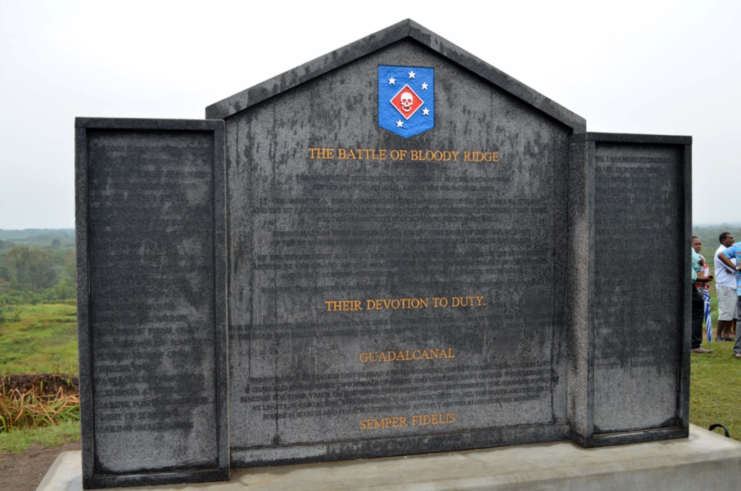
As dawn broke the following morning, Merritt Edson’s Marines remained in control of Hill 123, having successfully repelled the Japanese assault. While the world may know this location as “Bloody Ridge,” those who fought there will forever remember it as Edson’s Ridge, a testament to their commander’s unwavering determination to defend it at all costs.
In recognition of his valor and leadership amid constant enemy fire, Edson was awarded the Medal of Honor, having earned the admiration and respect of every man who witnessed his actions. Throughout the remainder of the Second World War, he continued to serve with distinction, eventually rising to the rank of brigadier general and receiving his first star. Retiring from the Marine Corps in 1947 as a major general, Edson continued to serve his nation in various civilian capacities.
More from us: Was Herbert Sobel Really As Horrible As ‘Band of Brothers’ Made Him Out to Be?
New! Want to become a trivia master? Sign up for our War History Fact of the Day newsletter!
In recognition of his exemplary service and bravery, not only did Merritt Edson receive personal awards for gallantry, but the USS Edson (DD-946), a Forrest Sherman-class destroyer, was commissioned in his honor. Furthermore, a section of Camp Pendleton, where Marine recruits hone their marksmanship skills, was dedicated in his name.
